Drayage carriers play a crucial role in the complex web of global logistics, facilitating the movement of containers from inland points to ports and intermodal ramps. At the heart of modern trade, these carriers form a crucial link in the supply chain, smoothly bridging the gap between disparate transportation modes and ensuring the efficient flow of goods.
Drayage carriers navigate through bustling city streets and congested highways to transport containers with precision and timeliness. They operate within a complex network of highways, railways, and urban thoroughfares. Their trucks, equipped with specialized chassis and handling equipment, adeptly work through challenging urban environments, overcoming obstacles to deliver containers to their designated destinations.
In this blog, we’ll explore the world of drayage carriers and their vital role in the supply chain.
What Is a Drayage Carrier?
A drayage carrier is a specialized transportation company responsible for moving containers over short distances, typically from ports or rail yards to nearby warehouses, distribution centers, or manufacturing facilities, and vice versa.
These carriers operate a fleet of trucks equipped with chassis and handling equipment tailored for container transport. Drayage companies play a crucial role in the supply chain, facilitating the smooth movement of goods between different modes of transportation.
They navigate complex urban environments, adhere to stringent regulations, and ensure the timely and secure delivery of cargo, making them essential players in the global logistics ecosystem.
Exploring the Drayage Carrier Market
The drayage carrier market is dynamic and essential within the broader logistics industry. The market consists of large, established companies and smaller regional players, each catering to specific geographical areas or transportation lanes.
Market demand fluctuates based on factors like global trade volumes, economic conditions, and consumer trends. Drayage carriers face challenges such as congestion, regulatory compliance, and competition for skilled drivers.
However, technological advancements and a focus on sustainability drive innovation within the sector. The drayage carrier market is vital for connecting ports, intermodal terminals, and inland distribution centers, facilitating efficient supply chain operations.
Exploring Drayage Carriers: Characteristics and Operations
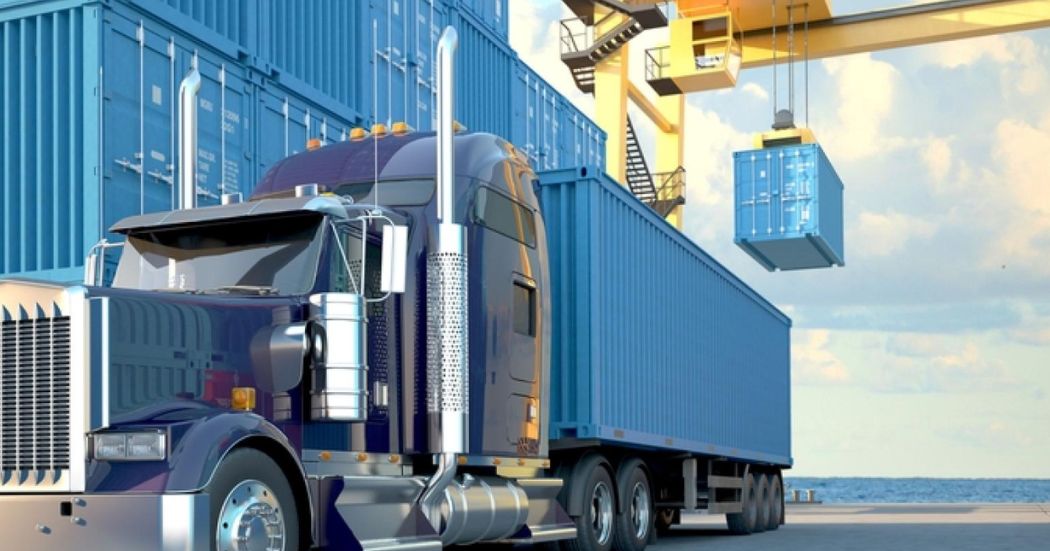
Drayage carriers indeed stand apart from traditional truckload carriers due to the distinctive nature of their operations. Unlike long-haul trucking, drayage involves transporting containers over short distances, often within congested urban areas. This specialized niche comes with its own set of challenges and priorities, shaping the characteristics of both drivers and carriers.
So, what are drayage carriers like? Let’s find out more!
Local Based Drayage Carriers
Drayage carriers operate within the heartbeat of regional commerce, focusing on short-distance transport within specific geographic areas. Unlike long-haul truckload carriers that traverse vast distances, drayage carriers specialize in serving local ports, rail yards, and distribution centers.
This localized focus allows them to develop an intimate knowledge of regional logistics infrastructure, enabling efficient navigation through congested urban environments and ensuring timely cargo delivery. Being local means drayage carriers are deeply embedded in the community, fostering strong relationships with businesses and stakeholders.
This proximity also enables them to respond swiftly to shifting demands and changes in regulatory requirements. In essence, the local nature of drayage carriers is not just a logistical strategy but a cornerstone of their operational philosophy, emphasizing proximity, agility, and responsiveness in serving the needs of regional commerce.
Drayage Carriers Required CDLs
Commercial Driver’s Licenses (CDLs) are non-negotiable for drayage carriers and their drivers. Given the specialized nature of container transport, drayage drivers must meet stringent licensing requirements to ensure safety and compliance.
Obtaining a CDL entails rigorous training and testing, covering various aspects of vehicle operation, traffic laws, and safety regulations.
CDLs come in different classes, each corresponding to specific types of vehicles and cargo. Drayage drivers typically require a Class A CDL, which allows them to operate vehicles with a gross combination weight rating (GCWR) of over 26,000 pounds, including tractor-trailer combinations commonly used in container transport.
Moreover, holding a CDL signifies more than legal permission to operate commercial vehicles; it reflects a commitment to professionalism and expertise in the transportation industry.
Extensive Contractual Equipment Pool for Drayage Services
Drayage carriers rely on access to a vast array of specialized equipment to meet the diverse needs of their clients and navigate the complexities of container transport. These services include different-sized trucks, trailers, and specialized chassis with handling equipment designed for efficient container movement.
Drayage carriers often engage in contractual agreements with equipment providers or leasing companies to ensure efficiency, flexibility, and scalability, allowing them access to a large pool of equipment as needed.
This contractual arrangement enables drayage carriers to optimize their fleet, mitigate downtime, and respond swiftly to fluctuations in demand. By leveraging a diverse and expansive equipment pool, drayage carriers enhance operational efficiency and maintain the agility required to thrive.
Required Access to Ports and Intermodal Ramps
Access to ports and intermodal ramps is tightly regulated, requiring drayage carriers to undergo a rigorous registration process before entering these facilities. This registration typically involves providing detailed information about the carrier’s fleet, drivers, and safety records while obtaining necessary permits and clearances.
Port and intermodal authorities enforce these registration requirements to ensure operations within their facilities’ safety, security, and efficiency. By vetting drayage carriers and their drivers, authorities can verify compliance with regulatory standards, manage traffic flow, and mitigate potential risks associated with container transport.
Adhering to registration protocols is essential for drayage carriers to maintain access to critical transportation hubs and facilitate easy cargo movement between different modes of transportation.
Promptness is a Top Priority
Drayage carriers understand the critical importance of timely delivery within the fast-paced world of logistics. Whether transporting containers to ports, rail yards, or distribution centers, promptness is paramount to meeting customer expectations and ensuring the smooth functioning of supply chains.
Drayage operations are often time-sensitive, with containers needing to be picked up and delivered according to tight schedules to avoid disruptions in the flow of goods. Consequently, drayage carriers prioritize efficiency, planning meticulously to optimize routes, minimize delays, and maximize productivity.
Their commitment to promptness extends beyond mere punctuality; it reflects a dedication to reliability, professionalism, and customer satisfaction, establishing them as trusted partners in the logistics industry.
Open Communication Prioritization
Drayage carriers recognize that effective communication is essential for successful operations within the logistics industry. From coordinating pickups and deliveries to addressing unforeseen challenges, clear and transparent communication is key to ensuring smooth and efficient transportation of goods.
Drayage carriers maintain open lines of communication with their clients, providing regular updates on shipment status, addressing any concerns promptly, and proactively seeking solutions to potential issues.
Moreover, they foster collaborative relationships with stakeholders throughout the supply chain, including ports, intermodal facilities, and regulatory agencies, facilitating seamless coordination and information sharing. By prioritizing open communication, drayage carriers enhance transparency, trust, and reliability, ultimately delivering exceptional service and value to their clients.
Comparing Drayage Carriers and Truckload Carriers
Drayage carriers vs. truckload carriers represent two distinct facets of the transportation industry. While both involve the movement of goods, they cater to different needs and operate within unique frameworks.
Drayage carriers specialize in short-distance container transport, typically between ports, rail yards, and nearby distribution centers, focusing on efficiency within urban environments.
In contrast, truckload carriers handle long-haul freight transportation, covering vast distances across highways and interstates. Drayage carriers prioritize proximity to ports, specialized equipment, and adherence to stringent port regulations, while truckload carriers emphasize maximizing cargo capacity and optimizing long-distance routes.
Understanding the differences between these two types of carriers is crucial for businesses seeking to optimize their supply chain and choosing the most suitable transportation solution for their needs.
Drayage in Seattle – Understanding Pricing Dynamics
Drayage pricing in the Seattle area operates within a dynamic framework influenced by factors such as; distance, container size, port fees, and regulatory requirements. It’s essential to partner with a reputable drayage carrier like Morning Star Transport to help you navigate the complex dynamics and ensure competitive rates. We serve Washington, Oregon, Idaho and Montana.
Our expertise in the Seattle market, combined with transparent pricing models and efficient logistics solutions, ensures cost-effective and reliable container transportation services. Get a quote from us today to experience smooth drayage services tailored to your specific needs, optimizing your supply chain and driving your business forward.
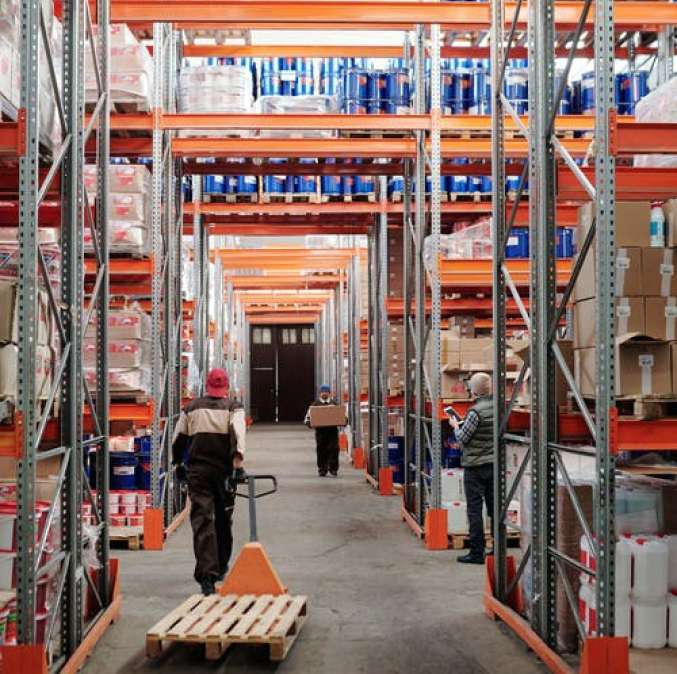

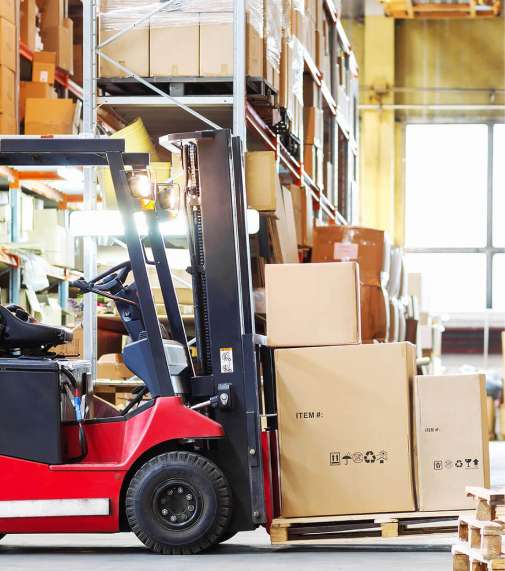
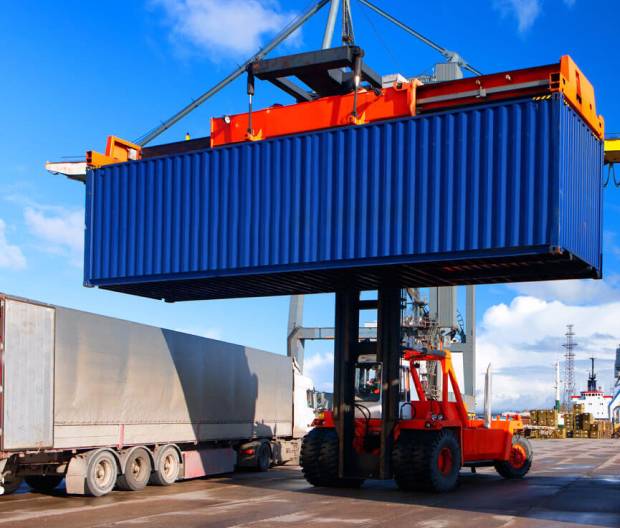
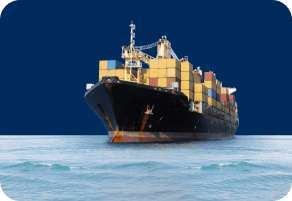
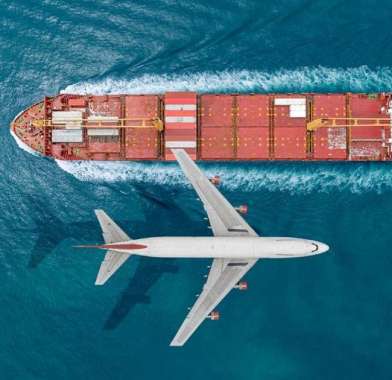
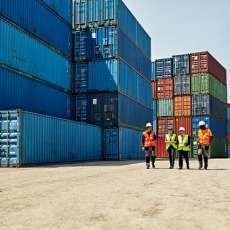


 iMedPages
iMedPages